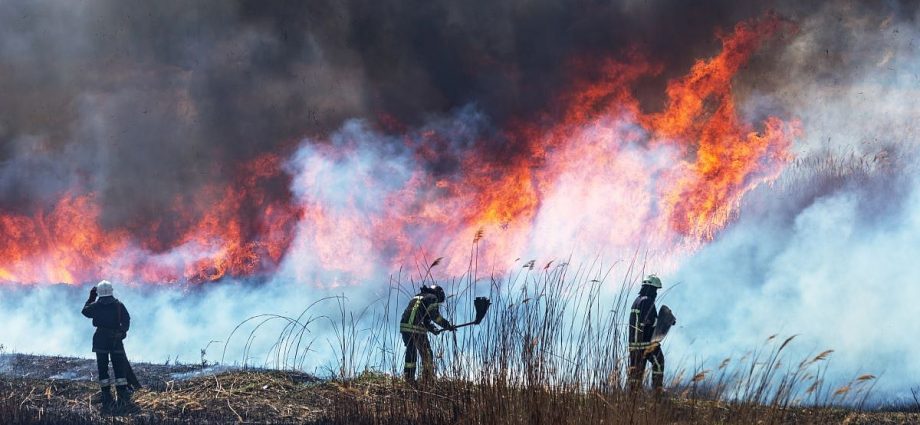FRIDAY, Feb. 7, 2025 (HealthDay News) — With Los Angeles still reeling from the devastating Palisades and Eaton fires, a new report on California blazes from earlier years finds the toll on survivors’ hearts can be severe.
However, the study also found that the cardiovascular effects of smoke exposures vary widely between fires.
For example, people affected by the Mendocino Complex fires — a cluster of wildfires that burned for more than three months in 2018 in northern California — showed big upticks that year in rates of heart attacks, heart failure, stroke and cardiovascular death.
In contrast, survivors who breathed in polluted air from the Camp fire — a 2018 blaze that remains the deadliest and most destructive wildfire in California’s history — showed no increased risk that year for either heart-related health crises or death, the new analysis found.
The reason for the discrepancies remains unclear, according to a team led by Stacey Alexeeff, a research scientist/biostatistician at the Kaiser Permanente Northern California Division of Research in Pleasanton, Ca.
“With ongoing climate change, large wildfires are a pressing public health concern and future work is needed to understand differences by wildfire,” her team concluded.
The new study looked at health data culled from the medical records of more than 3.2 million adults enrolled in the Kaiser Permanente Northern California health system.
Alexeeff’s team found that folks exposed to a “high level of fine particulate matter” from the Mendocino Complex fires in July and August of 2018 had 23% higher odds that year for “cardiovascular events.” These events included heart-related death and hospitalization for heart attack, heart failure or stroke.
People with such exposures from the Mendocino Complex fires had a nearly 36% higher odds for heart death, specifically, during 2018, the team also found.
However, “in contrast, there was no evidence of increased risk during the Camp wildfire,” the researchers noted.
Why would risks be different for the two major wildfires?
The duration of the fires varied greatly, Alexeeff and colleagues noted.
“The Mendocino Complex and other fires were actively burning for almost 2 months, with smoke in the air for 26 to 51 days depending on the county,” they noted. “The Camp fire was contained more quickly, with smoke in the air for 11 to 15 days depending on the county.”
There was also very strong messaging to warn people living near the Camp fire of the health dangers, and measures put in place to limit people’s exposure to toxic smoke, the researchers noted.
“During the Camp fire, many schools were closed, outdoor events were canceled, and health officials urged residents to stay indoors or wear N95 masks when they could not avoid leaving their homes,” the study authors said.
Alexeeff’s team noted that the types of materials that burned (and the resultant toxins) may have also differed between the two fires, posing different long-term risks to health.
Whatever the reasons, “future work is needed to formally examine how public health and individual protective actions may affect individuals’ exposures and [health] outcomes during wildfires,” the researchers concluded.
The findings were published Feb. 5 in the Journal of the American Heart Association.
More information
There’s more on protecting yourself from wildfire smoke at the Environmental Protection Agency.
SOURCE: Journal of the American Heart Association, Feb. 5, 2025
Copyright © 2025 HealthDay. All rights reserved.

